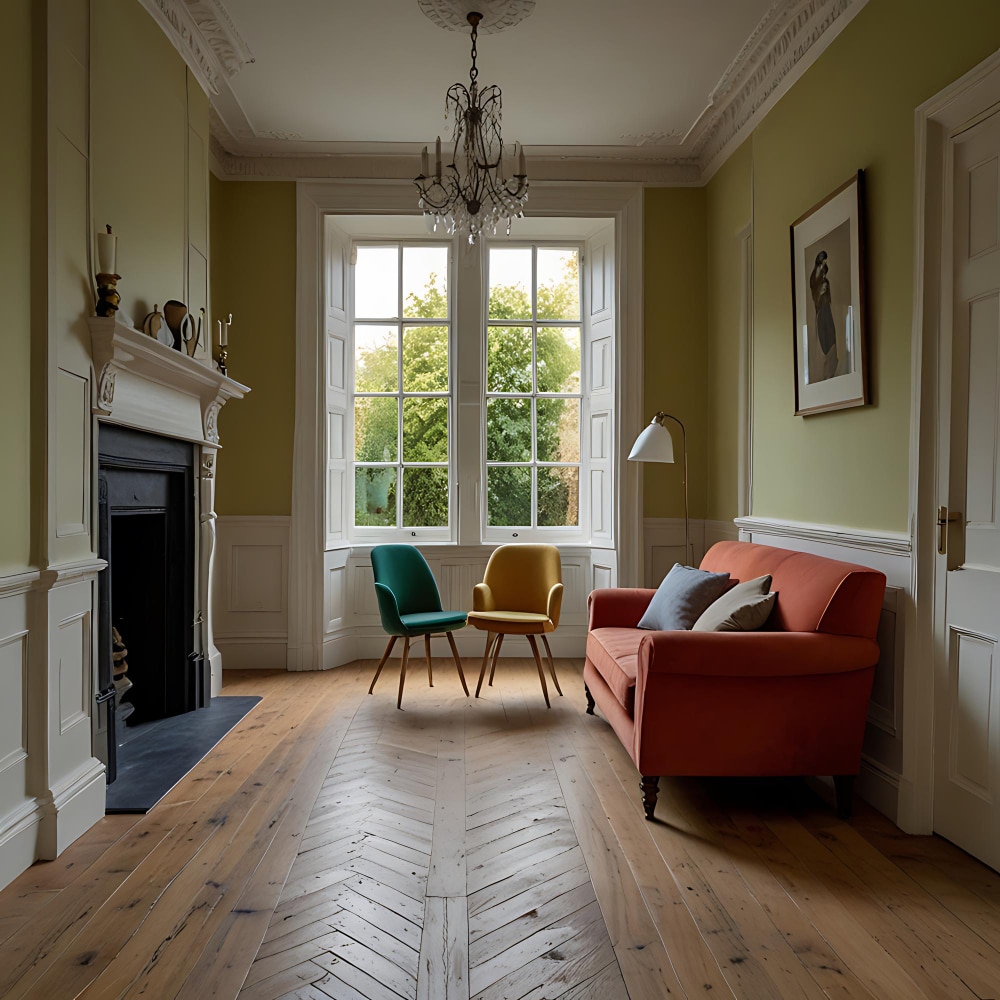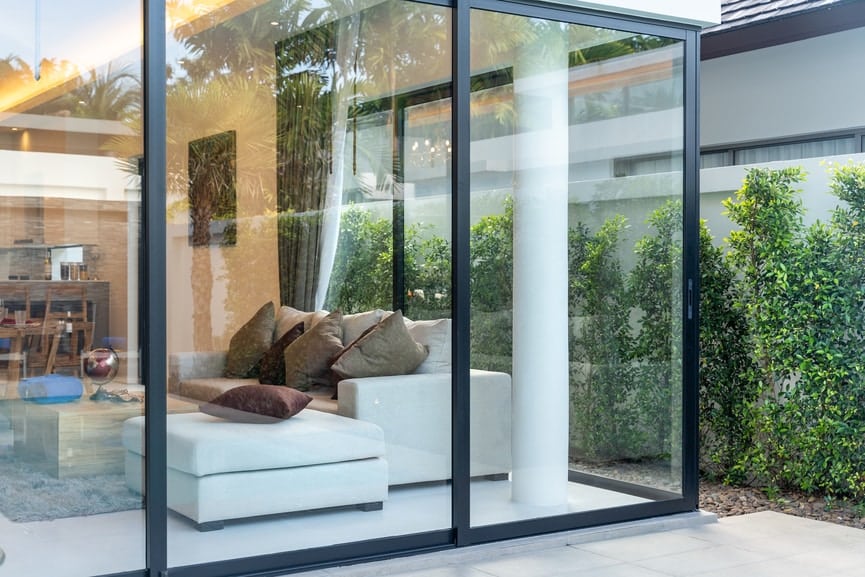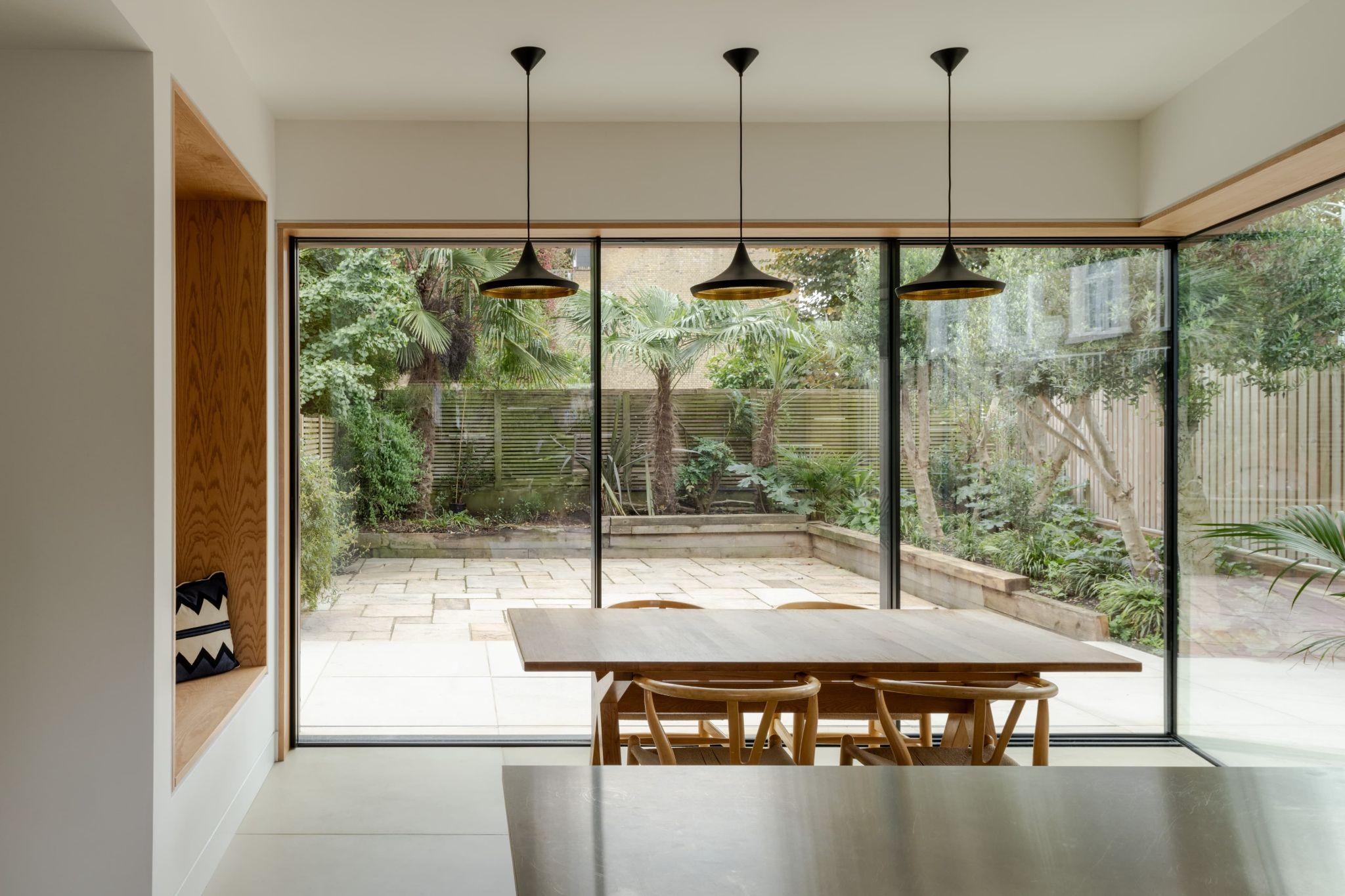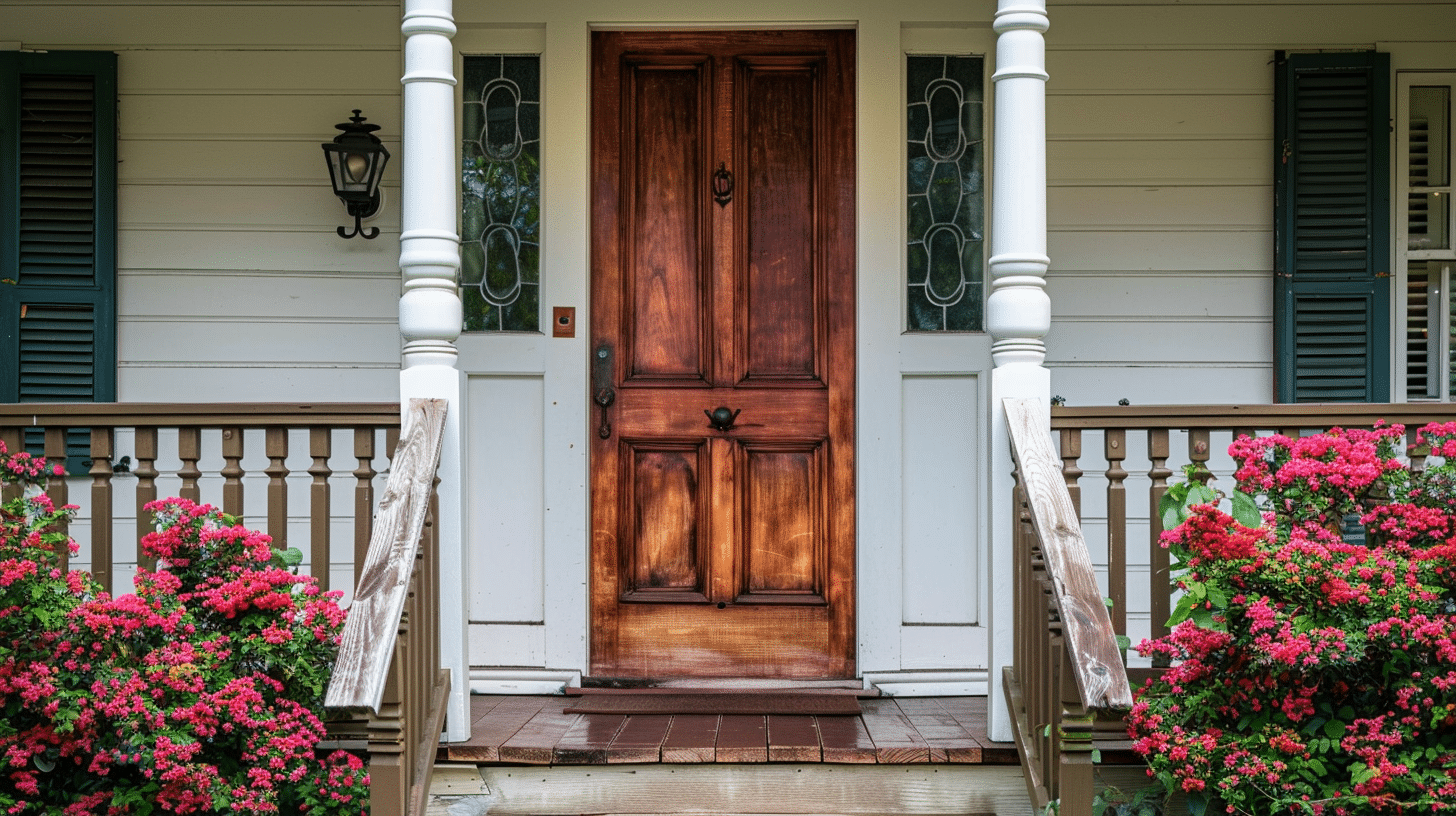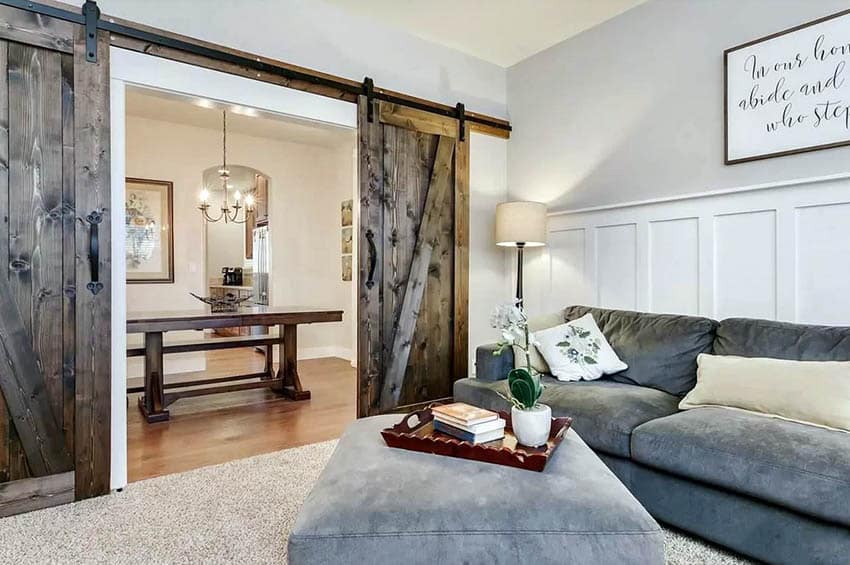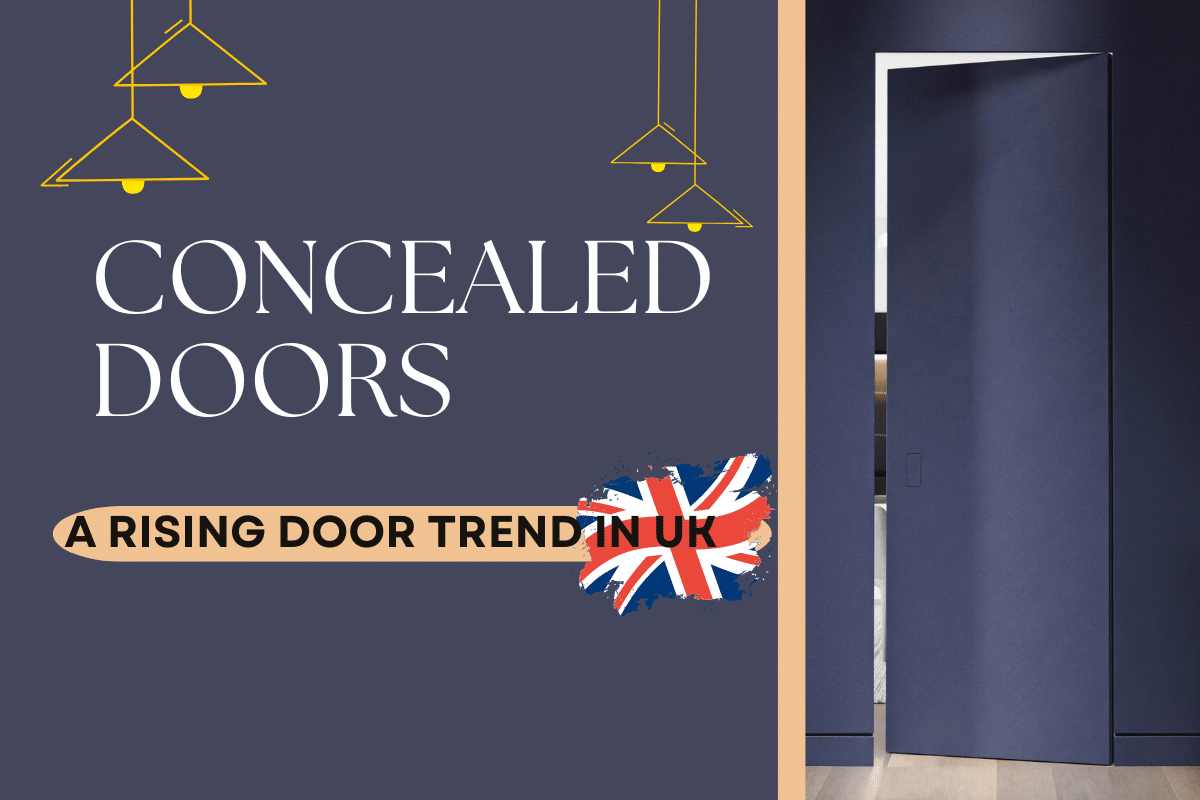Flat, Ogee, and Bullnose: Exploring Different Architrave Profiles
Architraves are the strips that you see around your doors and windows. These panels can completely change how a room looks. Choosing the right architrave profile, be it flat, ogee, or bullnose, can create the customized effect in the space that you want. In this guide, we will examine each style closely to help you choose wisely and with confidence.
Flat Architrave Profile
Characteristics
You could say that the flat architrave profile type is just like what it sounds like: a simple, flat mould. It’s devoid of fancy or elegant details and curves found in other profiles. This minimalistic design gives it an uncluttered and contemporary appearance, hence its popularity among modern home owners.
Uses and Applications
In minimalistic or modern homes, flat architraves are often used where there are clean lines and simplicity. Its modest design allows it not to compete with other elements in the room, making it suitable for those spaces where almost everything has been kept low key, including colour scheme and furniture items.
Ogee Architrave Profile
Characteristics
One of the most easily recognizable and classic designs is the ogee architrave profile. This profile is characterised by a distinct S-shape curve that lends an air of elegance to the moulding. The combination of concave and convex curves in the ogee profile gives it a sophisticated appearance, therefore making it a popular choice for period homes or spaces that are more traditional.
Uses and Applications
Ogee architrave is typically used in more formal settings, such as period properties, or in homes where the décor leans towards the traditional. The curves in the ogee profile create depth, making your mouldings stand out more than simpler designs. Typically found in hallways, living rooms, and dining rooms, it was created to catch attention.
Bullnose Architrave Profile
Characteristics
The bullnose architrave profile has a round edge, which gives it a softer look than other types, such as flat or ogee profiles. It is less ornately decorated than that of an ogee architrave, but possesses more character compared to flat options.
Uses & Applications
Bullnose shapes are used in houses that require a gentle, fashionable finish without appearing loud. This profile can mostly be found in living rooms or bedrooms where the aim is to establish a warm, inviting space.
Comparison of Flat, Ogee, and Bullnose Architrave Profiles
Design Aesthetics
Modern, minimalist settings are best suited with flat architrave since its appearance is very sharp and clean. The ogee adds an elegant touch in traditional homes or spaces where one aims to enhance their elegance. It happens to be the most ornately designed among all the three types and hence stands out prominently. The bullnose also has a good balance with its smooth round edges, which come across as warm yet subtle.
It largely depends on your home’s décor style and the choice of statement that you want the moulding to make. If total silence is what you need, then flat or bullnose will do just fine; however, if louder would suit you better, the ogee would be the perfect option.
Installation Considerations
In terms of installation, flat architrave is relatively easy to do because of its simple design. Bullnose, on the other hand, has rounded edges, hence a bit complex. Still, nothing compares to ogee architrave, which has an intricate S-shape, making it rather difficult to install, especially at corners where precise cuts must match the curves.
Final Thoughts
Ultimately, if you like keeping things simple but stylish with low-maintenance requirements, go for flat architraves. If you want a bit more character without overdoing, then bullnose is a better option. Lastly, if sophistication and eternal look is something that you like, then ogee architrave is what you need.

